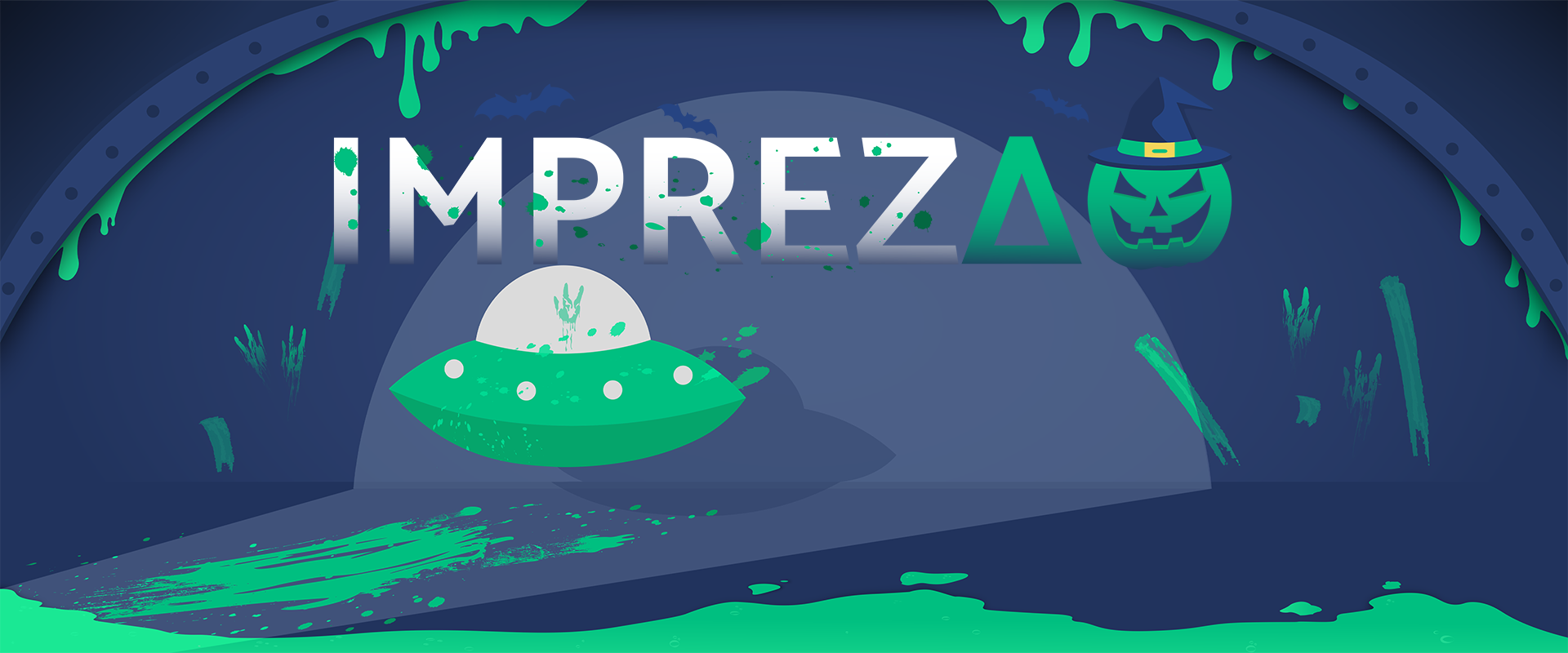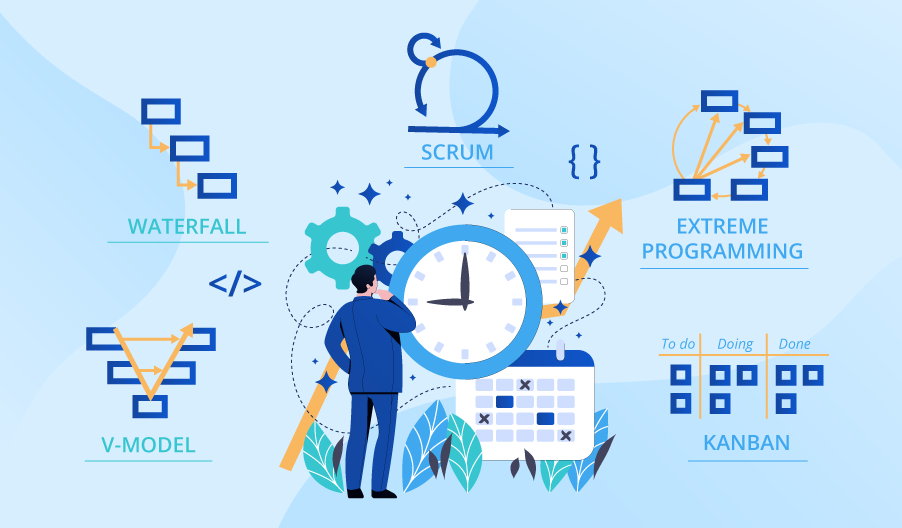We are often asked about how organizations can optimize the value of their Learning & Development or training programs, with many C-level leaders looking for ways to increase training-related behavioral change as well as their return on investment.
A recent VitalSmarts webinar addressed this subject quite nicely, and shared several perspectives that are well-aligned with ours.
Here’s a brief summary:
First and foremost, the webinar’s over-arching premise is that Learning & Development must become a strategic partner of the C-suite in order to bring about improvement and real behavioral change. In addition, there must also be a C-level commitment to consistent L&D programming. As the presenters said several times, “Training, or L&D, must be treated as a process rather than an event.”
In case anyone needed convincing, some thought-provoking statistics were then shared.
For example, only 7% of Learning & Development leaders measure the bottom-line effectiveness of their training programs. Possibly more troubling, only about 10% of all Learning & Development executives have met with the C-suite; and only a few align their training plans with the organization’s strategic plan.
In addition, only 35% of the US workforce receives any training at all! And even then, the average is three days of training per year.
Finally, without effective reinforcement and ongoing development, only 14%-15% of the information shared in training “sessions” is applied in the workplace. Instead, people most often do nothing differently or make a few changes for a while and then revert back to whatever they were doing in the past. Clearly this enormous “gap” represents significant waste, which was referred to as “learning scrap.”
3 Best Practices
For those who are determined to improve the value and effectiveness of their Learning & Development programs, (i.e., increase learning transfer and reduce learning scrap), three best practices were suggested:
- Define the role and purpose of Learning & Development within the organization. To begin this process, the first couple of questions might be, “What would translate to a breakout year for L&D?” “This training will be a success when… (complete the sentence)”
- Build the Learning & Development platform on defined and agreed-to business outcomes. It was pointed-out that most L&D managers plan their programming on what they “hope people will learn.” But the real focus should instead be on “what people will do differently as a result.”
- Recognize that L&D is a process, not an event. The process must include ongoing measurement and support to ensure the business outcomes are achieved. This means coaching, reinforcement, and accountability on multiple levels
- C-level must be committed and allocate resources for appropriate levels of learning as well as for reinforcement and ability coaching
- L&D leaders must align with business outcomes, and move the “finish line” of their training to include an achievement phase
- Front line managers must provide reinforcement and support
- People at all levels are accountable for applying what they’ve learned and related behavioral change





















